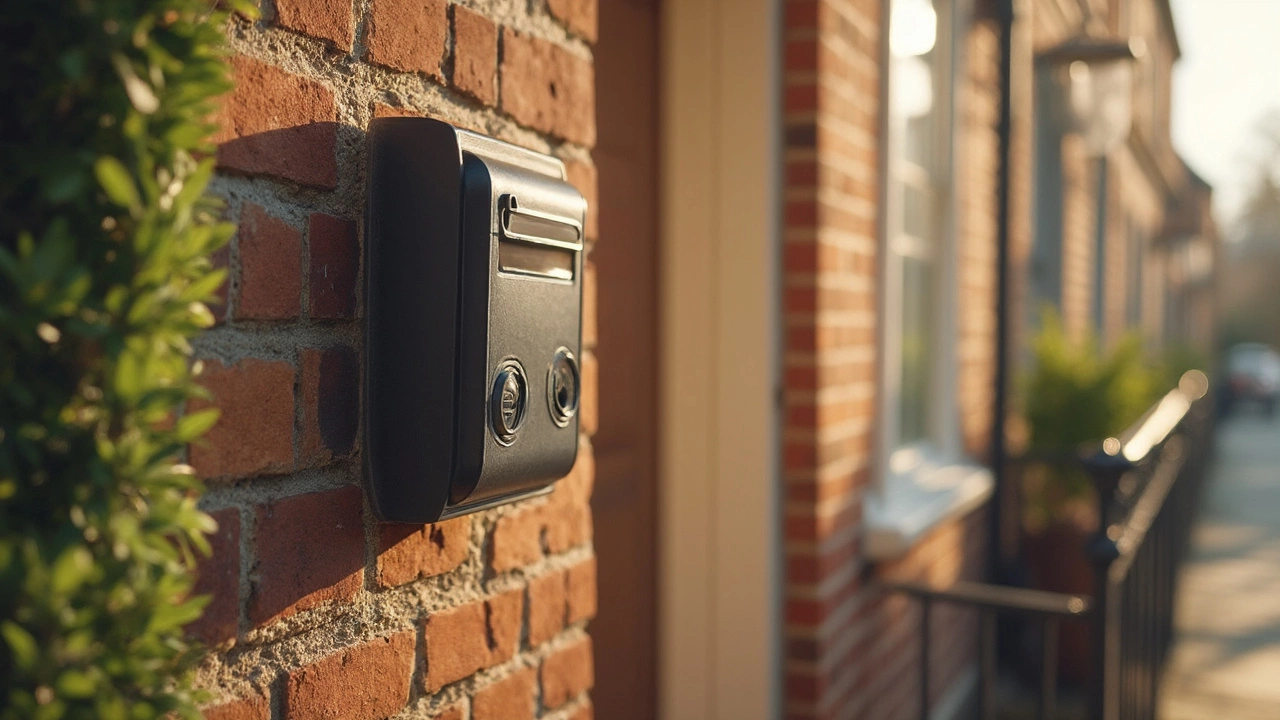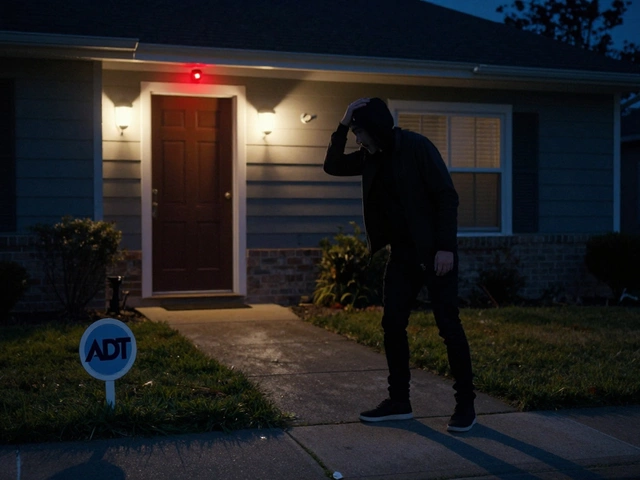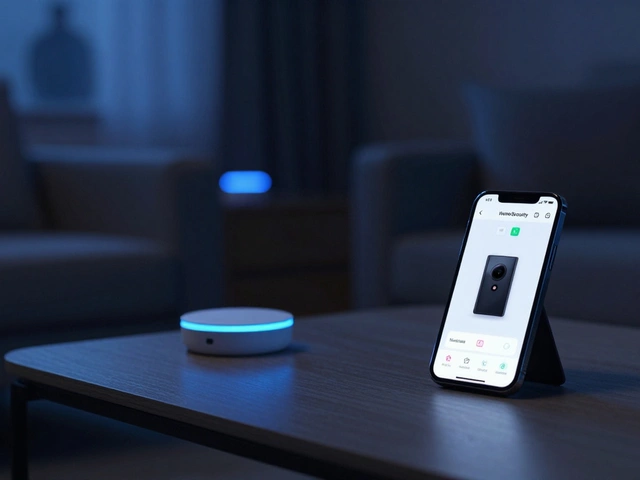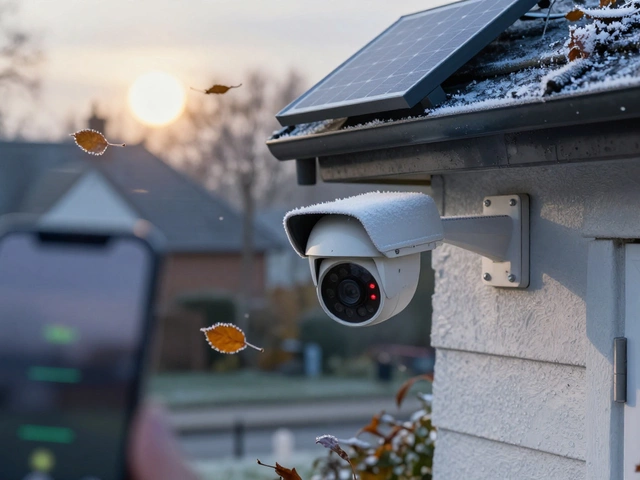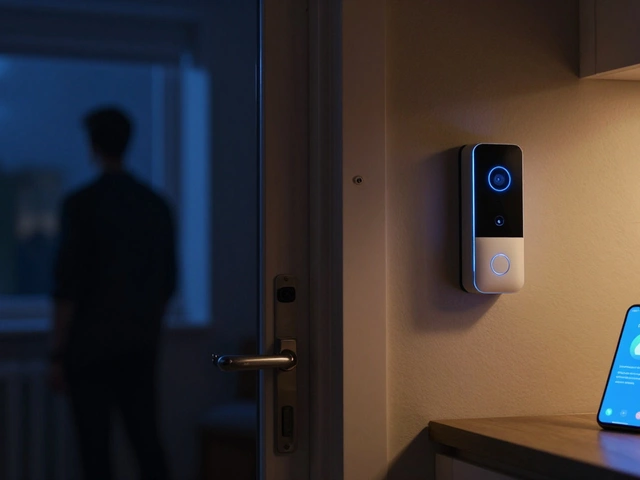Battery Doorbell Basics: What You Need to Know
If you’re hunting for a doorbell that doesn’t need a permanent wire, you’ve probably heard the term “battery doorbell”. It’s a video or smart doorbell that runs on a rechargeable pack instead of a transformer. The big draw is freedom – you can mount it on any door, even a flat‑panel apartment door, without digging into walls.
Why Choose a Battery Doorbell?
First off, installation is a breeze. Most battery doorbells come with a simple mounting bracket, a drill‑free adhesive option, and a clear set‑up guide. You just snap it onto the bracket, attach the battery, and you’re live. No electrician, no messy wiring.
Second, flexibility matters. If you move house or remodel, you can take the unit with you. That’s a big cost saver compared to a wired system that’s tied to a specific transformer.
Lastly, modern batteries are getting better. A good 2025‑model can last 6‑12 months on a single charge, depending on motion alerts, video quality, and Wi‑Fi strength.
Installation Tips for a Smooth Setup
Even though it’s easy, a few steps keep you from headaches. Start by checking your Wi‑Fi signal at the door – a weak connection will drain the battery faster. Place the mount about 4‑5 feet off the ground, facing the street, and make sure the camera’s field of view covers the entire entryway.
Charge the battery fully before the first install. Most units have a magnetic charging dock; just attach it and wait for the LED to turn green. Once the battery clicks in, follow the app’s pairing instructions, which usually involve scanning a QR code on the device.
After the app confirms the connection, test the chime. Some battery doorbells let you choose between a built‑in speaker or an external chime box. Pick what works best for your home’s acoustics.
Battery doorbells also let you adjust motion sensitivity. Turn it down if you get alerts every time a leaf blows by, and turn it up if you want to catch every visitor. Lower sensitivity means the battery lasts longer because the camera isn’t constantly recording.
Remember to keep the firmware up to date. Manufacturers push updates that improve battery efficiency and fix security bugs. A quick tap in the app checks for the latest version.
So, are battery doorbells better than wired ones? The answer isn’t one‑size‑fits‑all. Wired doors get constant power, so they can run higher‑resolution video and always stay online. They’re also a bit more reliable during power outages if the home has a UPS. Battery models, however, win on ease of install, portability, and lower upfront costs.
If you live in a rented flat or have a historic property where drilling is a no‑go, a battery doorbell is the clear winner. If you need 24/7 high‑def recording and have a stable power source, a wired unit might be worth the extra effort.
Bottom line: pick the doorbell that fits your living situation, budget, and how much hassle you’re willing to handle. Either way, you’ll get a smart eye at your door that lets you see who’s ringing, even when you’re not home.

